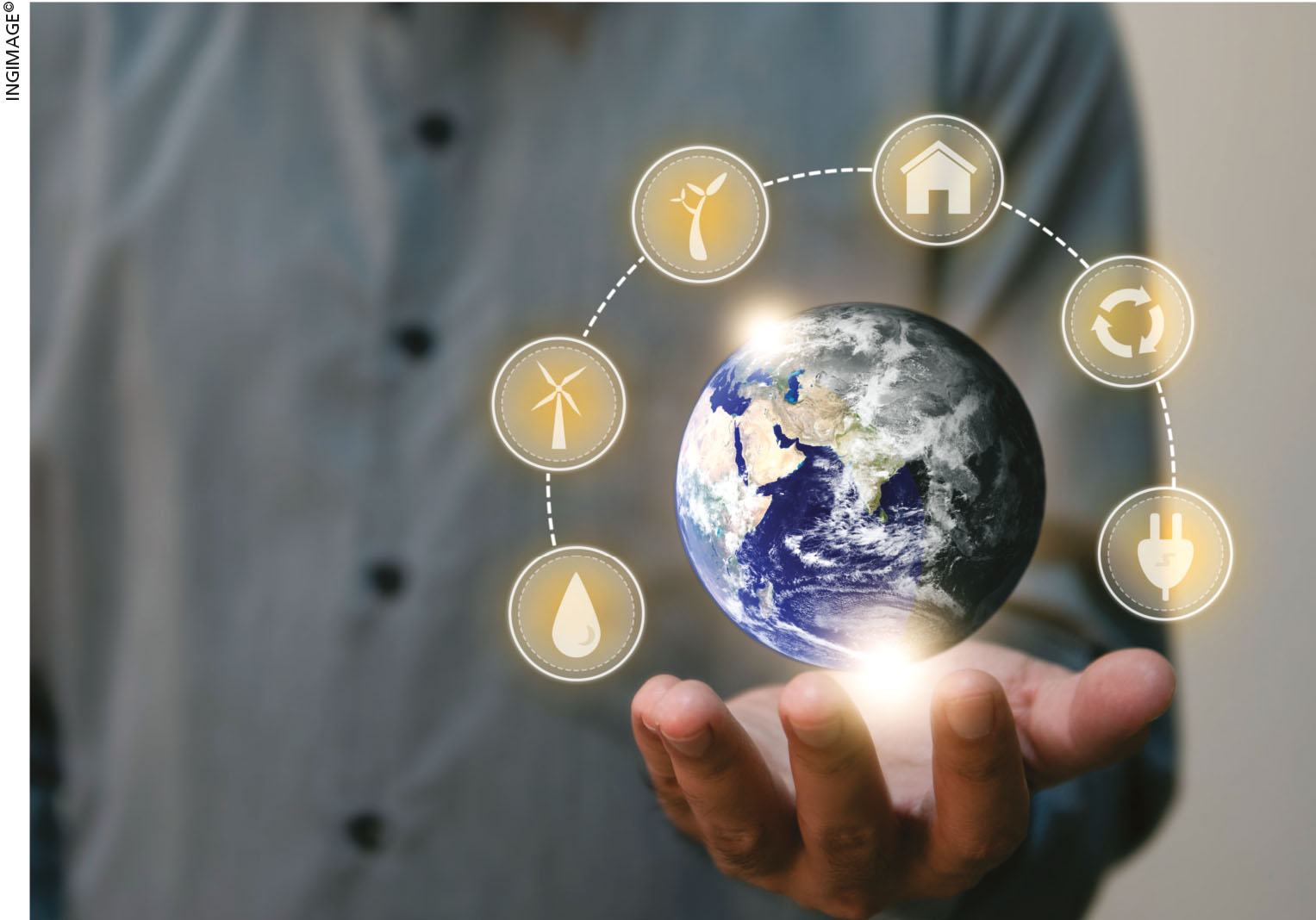BIOLOGICAL DIVERSITY
TECH TO PROTECT THE WILD
Ruwandi Perera hopes that technology can prevent the loss of biodiversity

The month of May is when the world celebrates International Day for Biological Diversity – a concept that needs to be prioritised daily, rather than annually.
Biodiversity refers to the various living organisms that weave that delicate and intricate web of life. Yet, climate change, global warming and other man-made disasters are wreaking havoc on ecosystems – with human existence at the end of a domino line…
After five mass extinctions – the last of which occurred some 65 million years ago – the Earth is on the brink of the next wipeout. And apparently, it’s already begun.
According to the International Union for Conservation of Nature (IUCN), around 900 species have become extinct, more than 40,000 are threatened and the pace of extinction is 1,000 to 10,000 times higher than the natural rate over the last 500 years or so.
While man-made progress in terms of technological developments will be the cause of the next mass extinction, technology is proving to be the solution too.
The Fourth Industrial Revolution is driven by AI, machine learning, quantum computing, virtual reality and biotechnology, to name a few. These effective tools can help save species from man-made dangers.
Drones have become more than simply eyes in the sky. Conservationists are finding new uses for these machines, which range from providing aerial images of large landscapes and monitoring wildlife using thermal cameras that can detect animals’ heat signals to planting trees by dropping seeds in biodegradable pods.
Even mapping tools such as Google Earth are game changers in the quest to protect animals from poachers who constitute an existential threat to endangered species. Software helps conservationists and scientists view herds and flocks, as well as poaching operations.
When combined with AI, machine learning and game theory, it is able to use algorithms to count, analyse and predict where poachers may lay traps or lie in wait to kill.
The Protection Assistant for Wildlife Security (PAWS) is one such software that’s used in many national parks – especially for its ability to crunch numbers and predict poacher behaviour.
IoT is another helpful tool in tracking animals and preventing poaching. The Sigfox Foundation, which is renowned for its work on protecting rhinos in Africa, has developed a tracking solution that uses GPS technology and low-powered IoT connectivity to monitor these giants.
This secure and long-term tracking system helps rangers know the exact location of animals in real time and monitor their heart rates to check if they’re stressed.
Animals are also being served with advanced technology through ‘smart collars.’ Scientists are combining GPS tracking and accelerometer technology to track animal behaviour – including movement, hunting patterns, mating occurrences and so on.
Knowing intricate details of how animals behave enables conservationists to protect them better by way of accurate predictions.
Further, ‘smart listening’ is also used to detect illegal activities in the wild such as poaching, logging and forest destruction. This technology enables bioacoustic monitoring of certain species including trees to identify the presence of different species and their environments.
Computers can listen to multiple sounds as well.
For instance, they can hear the noises made by birds gathering around a lake and identify the species present. This is a leap from the traditional method of field researchers engaging in long hours of direct observation.
Technology multiplies human effort easily and yields more accurate results. For example, a software called FishSpotter revolutionised the way scientists studied, and protected the Chinook salmon in California’s Auburn Ravine from logging, overfishing and pollution.
Previously, volunteers would stare at hours of video footage to count the number of fish swimming by. Now FishSpotter uses digital underwater and overhead cameras with clever programming, to detect and record fish using image recognition efficiently and accurately.
Technology is both a tool and platform that enables conservation, and bolsters human efforts to protect species.
A simple yet powerful way that technology helps preserve natural life is through its power to communicate, spread awareness and enable community participation.
We are responsible for everything that’s destroying the world around us… so it is only right that we use one of our most powerful tools – technology – to right our wrongs and save the world’s diverse species… including ourselves.



